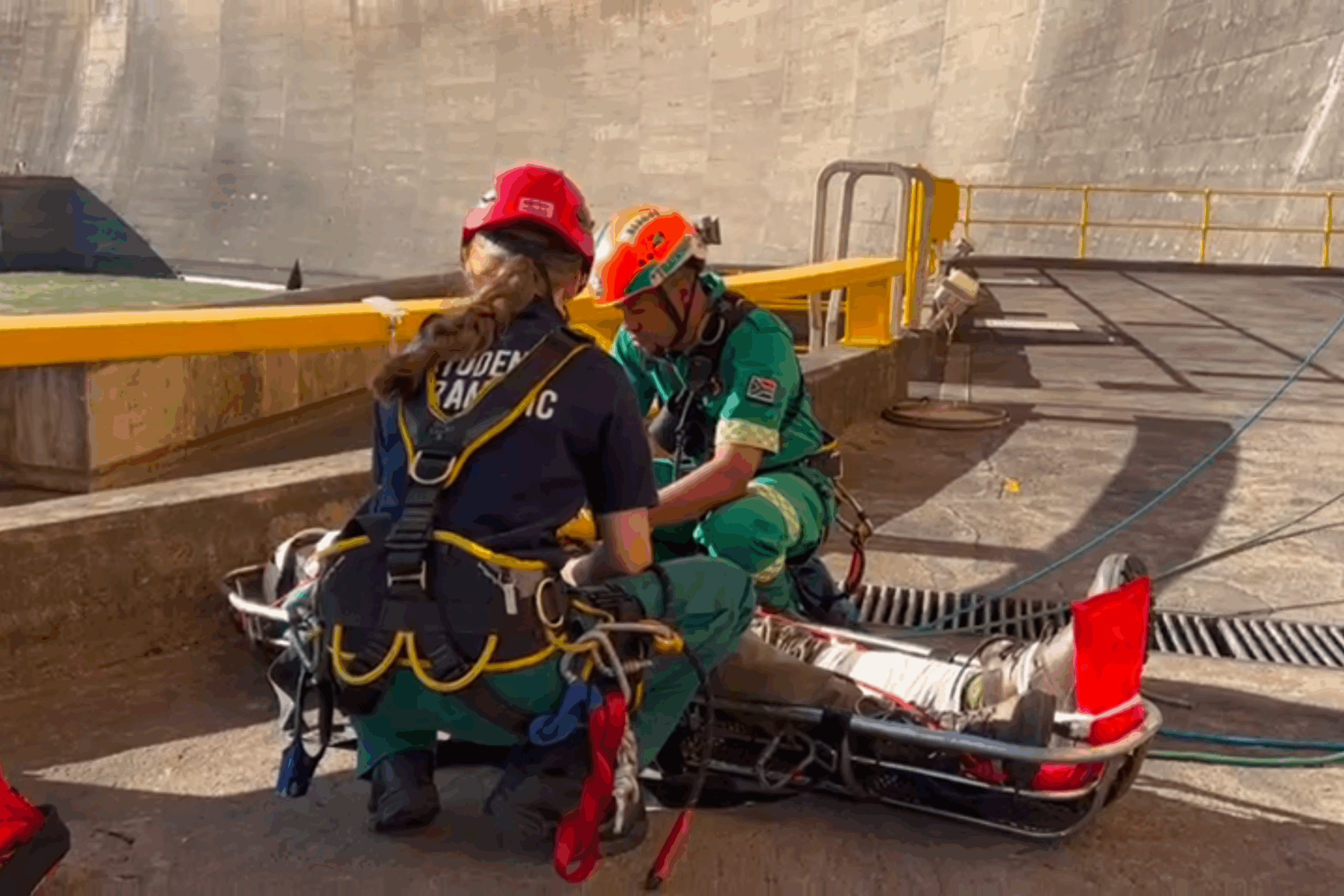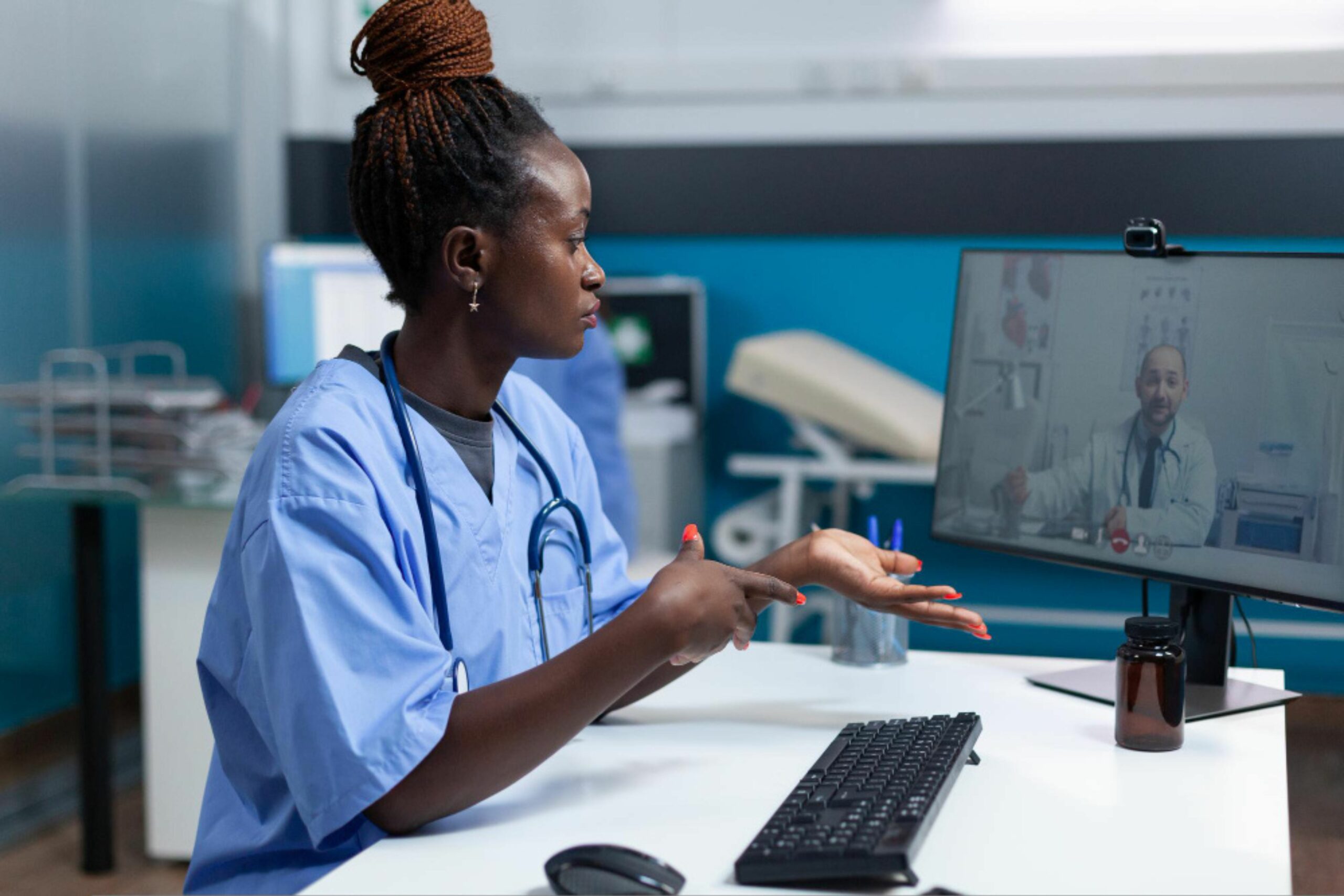Multi-national mining, construction, and oil and gas companies must provide their employees with the duty of care. Within this context, this refers to a business’s legal obligation to ensure their employees’ well-being and compliance with best practices to avoid acts and situations that could cause harm. Part of providing a duty of care includes supporting your remote site clinics with the medical equipment necessary to ensure occupational health and emergency medicine compliance is achieved. In doing so, ensuring that healthcare providers have the emergency and rescue equipment required to treat staff injuries, accidents, and illnesses effectively and quickly.Below we examine medical equipment’s impact on patients and the employer.

The Risks of Not Having Adequate Medical Equipment
Medical equipment is central to providing employees with the best possible curative and preventative care. To understand the importance of medical equipment, it is vital to understand what is meant by the term medical equipment. This is broken up into two specific groupings, which we identify below:
- Medical Equipment for emergencies, which includes both capital and disposable equipment, such as:
- Defibrillators
- Resuscitation equipment
- Patient monitoring equipment
- Ventilation equipment
- Emergency and surgical supplies
- First aid supplies
- Auditing and calibration equipment
2. Rescue Equipment includes a range of equipment for various rescue scenarios, such as:
- Hardware
- Harness, rope, and web
- Anchor devices
- Systems and kits
- Patient care and transport
- Fire and rescue personal gear
- Auxiliary equipment
Both medical emergency and rescue equipment are vital to a remote clinic setting and the work being conducted within these industries. When this medical equipment is not readily available, it can have life-threatening consequences and significantly affect the ability to effectively treat employees in the case of an injury, accident, or illness. The results of not having this type of equipment include:
- Delayed medical treatment – medical staff cannot treat the patient effectively without the proper medical equipment. This could cause the patient to deteriorate significantly, and depending on the injury, the delay in getting medical treatment could be fatal.
- Difficulty handling emergencies – without the correct medical equipment, medical staff cannot correctly handle medical or rescue emergencies to the best of their ability.
- Increased risk of complications and permanent injuries – without the proper medical equipment, the patient may not get the required treatment, resulting in several difficulties that could affect the employee’s ability to live or work.
- Increased liability and potential legal issues – by not having the right medical equipment on-site, the employer is liable for not providing a duty of care. This has legal implications in various countries, which can cost the business large sums of money and ultimately affect the business’s reputation.

The Benefits of Having Adequate Medical Equipment
From the above, it is clear that not having proper medical equipment at remote clinic sites poses significant risks to both patients and the employer.
When good occupational health and emergency medical service audits are conducted, and detailed workforce health management strategies and plans are implemented, the business can ensure its employees receive the highest care possible. This process will identify the various risks associated with the line of work and any potential environmental or locational-based illnesses that could affect employees. Once this is known, an essential list of emergency and rescue medical equipment that best suits these conditions will be drawn up, sourced, and purchased.
By doing this due diligence and ensuring this process has been followed, the employer can rest assured knowing that the necessary medical equipment will be in place to support the needs of their remote site clinic and the well-being of employees. The benefits include the following:
- The ability to ensure high-quality, quick, and efficient responses to on-site injuries, accidents, or illnesses.
- The confidence to handle any medical and rescue emergencies and positively impact the patient’s health.
- Enhanced productivity and reduced downtime due to quickly responding and managing injuries or illnesses the . This also translates into cost savings due to increased uptime and reduced absenteeism.
Swift medical attention enables a quicker recovery period for employees, reducing their time to recuperate from injuries or illnesses. This, in turn, can boost overall productivity and curtail the financial impact of lost time. Adequate medical equipment can enhance the accuracy of diagnoses and the quality of medical care. Modern technology empowers healthcare professionals to diagnose better to better diagnose and treat illnesses and injuries better, promoting healthier employee outcomes.
Compliance and Safety Standards
Sufficient medical equipment in remote clinic clinics ensures employees’ well-being and productivity. It can provide quick and efficient medical attention in medical emergencies, improve the accuracy and quality of medical care, boost employee morale and satisfaction, and bring financial advantages to businesses. Over and above this, having the right medical equipment on-site ensures your business complies with Operational Health and Emergency Medical Service safety standards and regulations.
Various countries have industry-specific rules and guidelines that need to be adhered to regarding medical equipment. By complying with these safety standards, employers can reduce the risk of penalties, fines, and legal issues arising from non-compliance.
It must be noted that there are also safety regulations around ensuring that the medical equipment is regularly serviced and that replacements are ordered if the equipment does not meet the necessary standards. These elements are required to ensure employers meet their duty of care requirements.
Another element that directly impacts this is staff training. Having the equipment on hand is one thing, but you must ensure that the healthcare providers have the necessary training and experience to utilize the equipment effectively. It is, therefore, vital to stay informed and updated with the operational health regulations, staff training, and maintenance schedules.
Conclusion
Having the right medical equipment on-site is critical for maintaining a productive and healthy workplace in remote project locations. ATA International Holdings assists businesses in ensuring they have a fully integrated Health Management System in place that will assess the unique needs of the remote medical clinic, facilitate medical equipment procurement, provide training for healthcare staff on the equipment, put together a maintenance schedule and help ensure all the operational health and emergency medical service regulation boxes are ticked.
ATA International Holdings will assist you in providing your remote site clinic with the equipment necessary to deliver prompt and efficient medical treatment to your employees. Contact us today to find out how we can assist you in meeting your operational health and emergency service needs.


